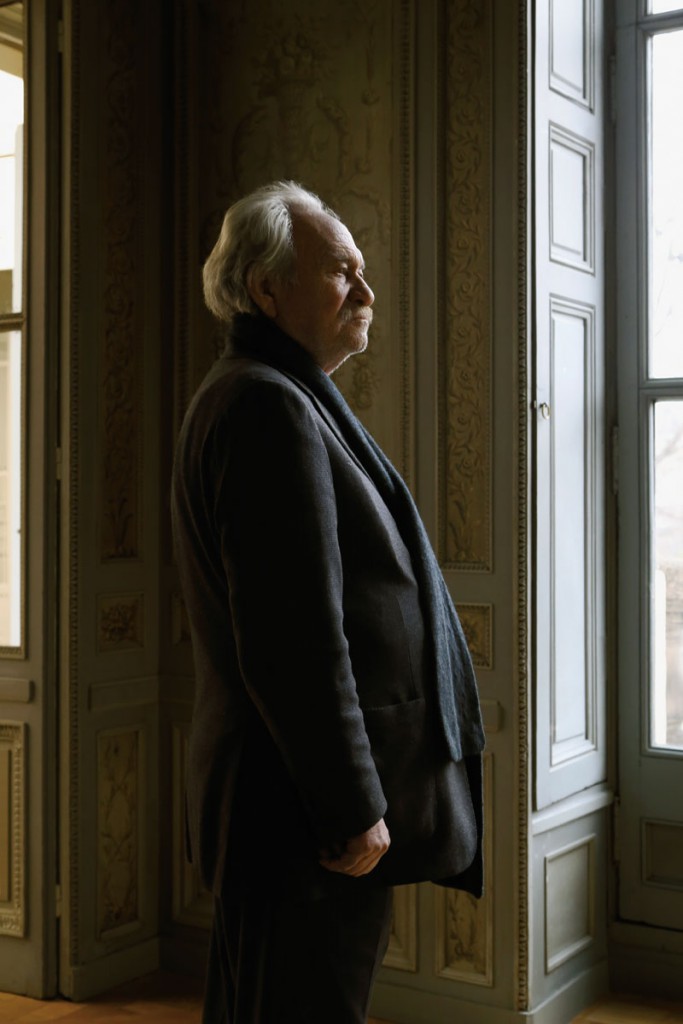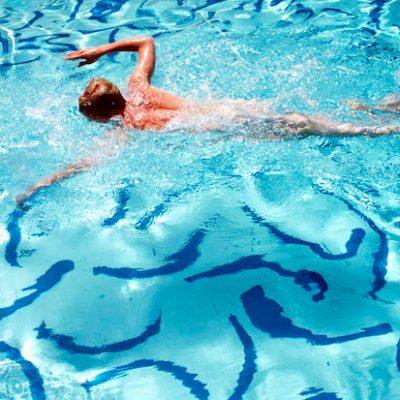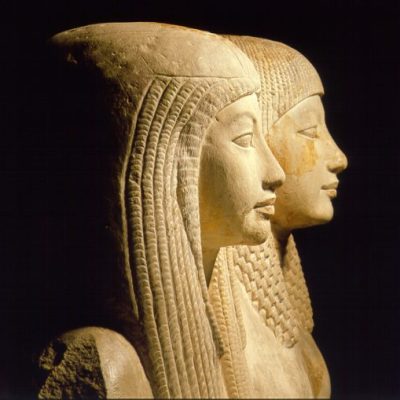Jannis Kounellis, Arte Povera pioneer, has died in Rome at the age of 80. For over half a century Kounellis transformed often lowly materials into engaging sculptural forms with his signature blend of aesthetics, poetry, and alchemy.
Kounellis was born in Piraeus, Greece in 1936. At the age of 20 he moved to Rome to continue an artistic education begun in Athens. He enrolled at the Accademia delle Belle Arti and the Eternal City became his lifelong home. He absorbed each of Rome’s art-historical strata, from the fragments of antique sculptures to the burlap sacks of Alberto Burri. Over the course of his career, different elements of this internalised archaeology would surface within him. The simplicity of his materials – wool, coal, steel, stones, smoke, coffee beans – implied universality and timelessness. Yet his work also spoke of its own cultural moment, the unrest of Italy’s ‘years of lead’, if more subtly than many of his Arte Povera comrades.
Installation view at Gavin Brown’s Enterprise, New York, 2015, of Untitled (12 horses), first shown in 1969 and featuring 12 live horses. Courtesy Gavin Brown’s Enterprise, New York/Rome and Cheim & Reid; photo: Brian Buckley; © Jannis Kounellis

Part of the Roman art scene from his first show at La Tartaruga in 1960, his biggest impact came in 1969 when he exhibited 12 live horses in Galleria L’Attico. While essentially a classical equine frieze, it pushed the concepts of the readymade and exhibition-making beyond the neo-avant-garde’s comfort zone. When recreated at Gavin Brown’s enterprise in New York in 2015, something of the experience – the heat, the smell, and the tension – could be conveyed. Yet the drama, an essential element of Kounellis’s work, belonged firmly to the late 1960s.
Kounellis’s amalgam of the material and immaterial was part of a wider moment on both the Italian and international stages. In 1967 he was involved with the inception of Arte Povera, Germano Celant’s exhibition ‘Arte Povera – e IM Spazio’ at the La Bertesca Gallery in Genoa. Two years later, he, like many other artists of that group, also participated in Harald Szeemann’s now infamous ‘Live in your Head: When Attitudes Become Form’ at the Kunsthalle Bern. In the following decade, he would join Daniel Buren and Ed Kienholz, among others, at the second Aktionen der Avantgarde festival in Berlin in 1974.
Jannis Kounellis (1936–2017), photographed at the Monnaie de Paris, March 2016 Photo: © Elizabeth Young

The artist maintained his aesthetic throughout his career. Renown brought his rhythmically distributed humble materials to increasingly grand spaces as international museum retrospectives beckoned: the Whitechapel in 1982; Castello di Rivoli, Turin, in 1988; Albertina, Vienna, in 2005; Nationalgalerie, Berlin, in 2007; Tate Modern in 2009 and Museum of Cycladic Art, Athens, in 2012. The ensuing juxtapositions, and literal renewal of the organic elements, revived their potency to speak of a contemporary moment of economic and ecological crises, not least in his native and adopted countries.
Timeless and apposite, fleeting and weighty, simple and poetic, beautiful and brute, Jannis Kounellis’s work will continue to beguile and challenge us.



